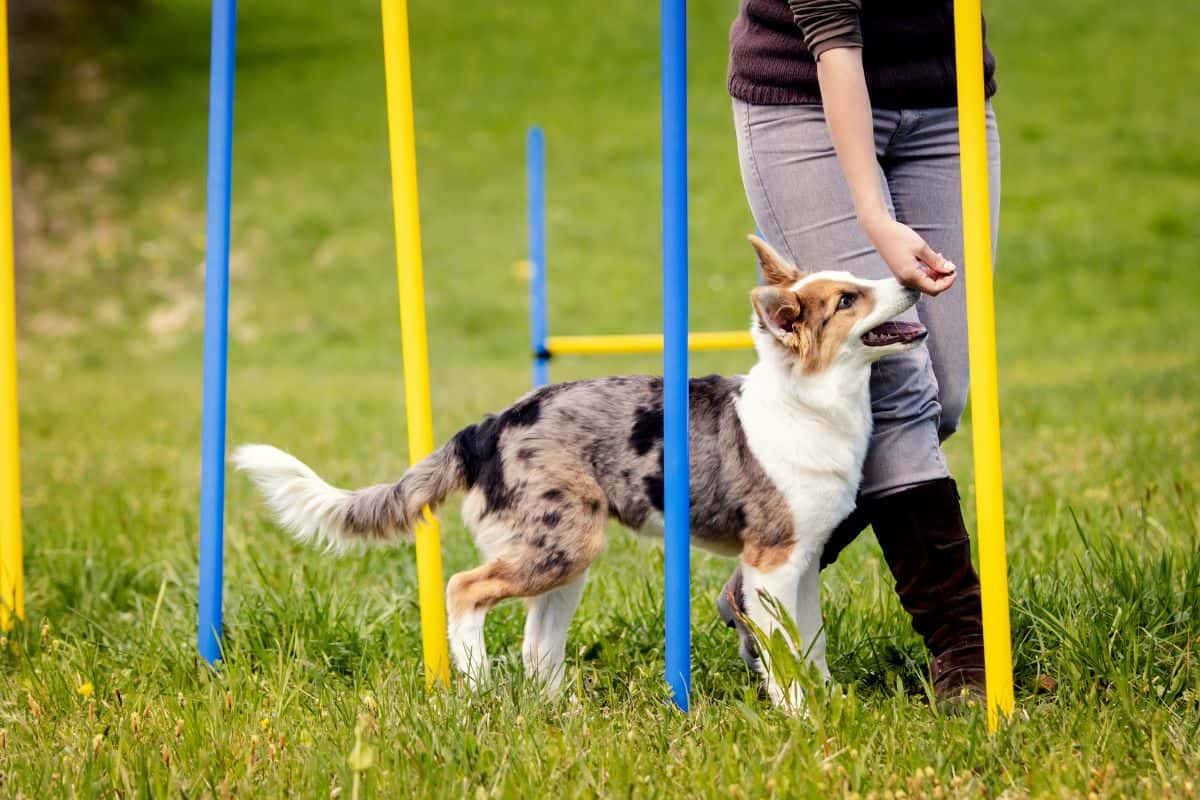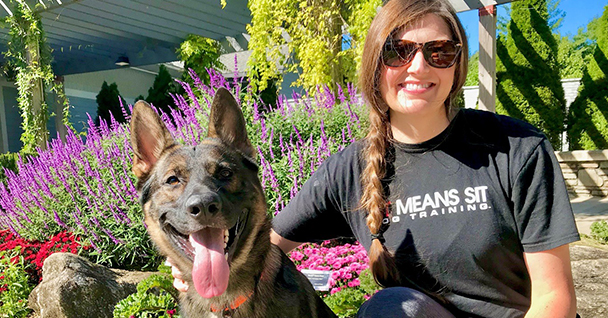Comprehending Canine Body Language Throughout Dog Training
Comprehending Canine Body Language Throughout Dog Training
Blog Article
Essential Tips for Successful Dog Training: A Guide for Animal Owners
Efficient pet training is a complex process that requires a critical strategy customized to both the family pet's character and the proprietor's objectives. Secret parts such as developing constant commands, utilizing positive reinforcement, and promoting very early socializing play crucial roles in fostering a well-adjusted canine companion. However, many pet owners encounter challenges that can prevent progression, bring about frustration and unpredictability. Understanding how to browse these challenges can substantially enhance the training experience, inevitably changing the relationship in between proprietor and canine. What are the important approaches that can be used to guarantee success in this endeavor?
Comprehending Dog Habits
Understanding pet behavior is vital for reliable training and cultivating a harmonious relationship in between dogs and their proprietors. Pet dogs connect mainly via body language, articulations, and actions, making it vital for owners to translate these signals properly. Recognizing a pet dog's posture, tail setting, and ear alignment can offer understandings right into its mood. As an example, a wagging tail does not constantly indicate happiness; it can additionally signal enjoyment or anxiety.

Socializing plays a considerable function in pet behavior; direct exposure to numerous settings, individuals, and other animals can considerably impact a dog's personality. In addition, variables such as type qualities and individual temperament need to lead training techniques, as some breeds might have certain behavioral traits that demand customized techniques. By understanding these components, owners can develop an encouraging atmosphere that encourages favorable habits, resulting in effective training end results and a much deeper bond with their pet dogs.
Developing Regular Commands
Effective communication with your pet begins with developing constant commands. This fundamental aspect of training is crucial for cultivating understanding between you and your pet dog. Consistency in the commands you make use of guarantees that your dog can accurately connect specific words or expressions with the desired habits.
When choosing commands, select clear, distinctive words that are very easy to differentiate and say from each other. Avoid making use of similar-sounding commands that might confuse your pet dog. Using "sit" and "stay" is proper, yet "rest" and "hit" could lead to misconceptions.
Furthermore, preserve the very same tone and quantity for each command. Canines are sensitive to vocal signs, so varying your tone can create confusion.
It is similarly crucial to make sure that all relative get on the very same page relating to the commands used. A united front in command use will certainly stop mixed signals and enhance the understanding procedure.
Positive Support Strategies
The power of favorable reinforcement in pet training hinges on its capability to encourage desired actions via incentives and appreciation. This strategy is based in the principle that behaviors followed by favorable end results are most likely to be repeated. By incorporating favorable support into your training regimen, you can properly shape your canine's actions in a useful fashion.
To execute positive reinforcement, it's necessary to determine what encourages your canine, whether it be deals with, toys, or spoken appreciation. When your canine executes a preferred activity, such as remaining on command, promptly reward them with a reward or love. This association between the command and the favorable outcome enhances their understanding.
It's crucial to timing the benefits appropriately; delivering the reinforcement within secs of the wanted behavior assists your pet make the connection (dog training). Furthermore, uniformity is key-- make sure that all member of the family use the exact same commands and incentive systems to avoid confusion

Progressively, you can reduce the frequency of deals with as your pet finds out the behavior, transitioning to praise or periodic benefits. This approach not just promotes a solid bond in between you and your pet yet also promotes a positive knowing atmosphere, making educating a delightful experience for both.
Socialization and Interaction
Consistently exposing your canine to a range of atmospheres, people, and other animals is important for their social advancement. Socialization that site ought to begin early, ideally during read here the crucial window of 3 to 14 weeks, when young puppies are most receptive to brand-new experiences. Nevertheless, older pet dogs can also take advantage of ongoing socialization initiatives.
Present your pet dog to various settings, such as parks, pet-friendly stores, and city locations. This direct exposure assists them adapt to various stimulations, lowering anxiousness and anxiety feedbacks. Urge positive interactions with various other pets and people, guaranteeing that these encounters are secure and regulated to cultivate confidence.
Use structured playdates with genteel canines, as this can enhance your pet dog's social skills and educate them suitable actions. Obedience classes and training sessions additionally offer excellent chances for socialization, enabling your dog to engage with others in a supervised atmosphere.
Display your canine's body movement during communications, as this will assist you determine their comfort degree. Gradually raise exposure to more tough situations while making sure that each experience declares. A well-socialized canine is extra likely to display well balanced behavior, making them a happiness to have in any setting.
Addressing Typical Training Obstacles
Every canine owner will certainly experience training obstacles at some time, no matter their canine's age or socialization level. Recognizing usual problems such as stubbornness, interruptions, and fearfulness can assist in creating reliable methods for renovation.

Gradually present disturbances as the pet comes to be extra efficient in commands. Short, regular training sessions are likewise efficient in maintaining focus.
Terror can impede a canine's learning procedure. Progressive desensitization to the source of fear, coupled with favorable reinforcement, can help alleviate anxiousness. Persistence is important; never compel a pet dog into a situation that creates distress, as this may exacerbate the concern.
Eventually, understanding and wikipedia reference dealing with these common difficulties with a structured strategy will foster an extra productive training experience, reinforcing the bond between pet dog and owner while advertising effective knowing.
Verdict
In summary, successful canine training relies upon a comprehensive understanding of canine habits, the establishment of consistent commands, and the application of positive support strategies. Socializing plays a critical function in creating well-adjusted animals, while addressing typical training difficulties calls for persistence and flexibility. By executing these crucial methods, pet owners can cultivate a strong bond with their canines and advertise preferable behaviors, eventually bring about a harmonious connection in between humans and their canine companions.
Comprehending pet behavior is vital for reliable training and fostering a harmonious relationship in between canines and their owners.Socializing plays a substantial duty in dog habits; exposure to different settings, individuals, and various other animals can considerably affect a pet dog's personality.The power of favorable support in pet training exists in its ability to encourage desired behaviors through benefits and praise. By integrating positive reinforcement into your training program, you can efficiently shape your canine's habits in a useful way.
In summary, successful dog training relies on a comprehensive understanding of canine behavior, the establishment of regular commands, and the application of favorable support strategies.
Report this page